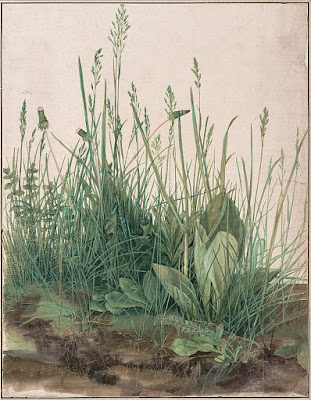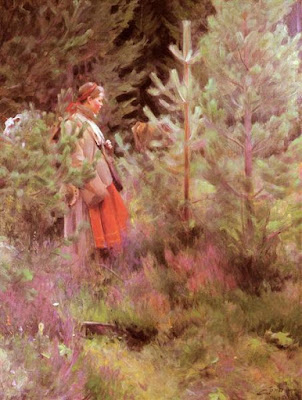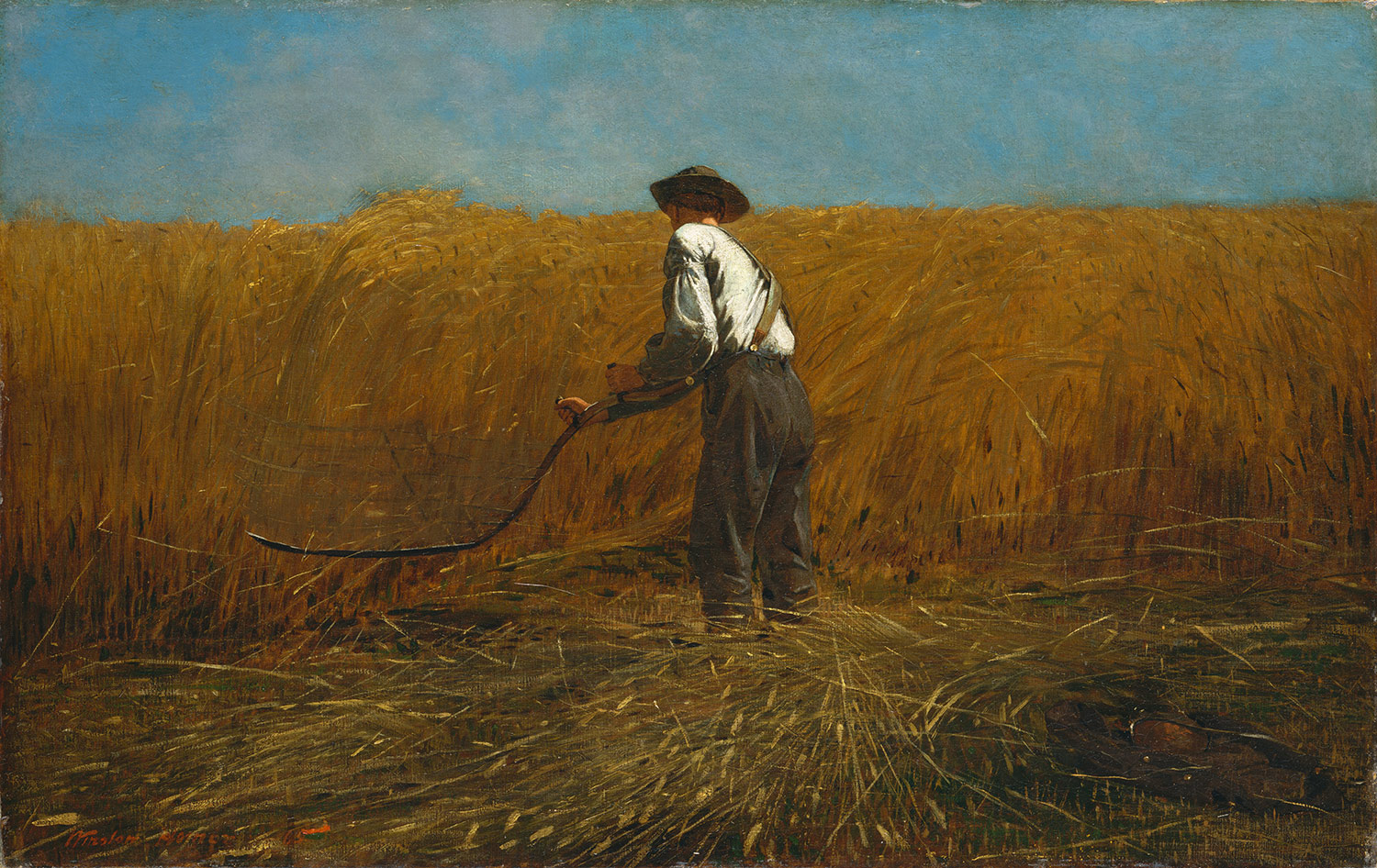Those who cannot remember the past are condemned to repeat it
 |
|
Trooper Meditating Beside a Grave, 1865, Winslow Homer, Joslyn Art Museum
|
Tomorrow is the celebration of the consecration of the Soldiers’ National Cemetery at Gettysburg, PA, where President Abraham Lincoln delivered what is now known as the Gettysburg Address. Since that day in 1863, when Union Soldiers marched with Lincoln from the bustling town to the cemetery, people have marked the occasion with a solemn parade on the Saturday closest to November 19.
At first, it was Civil War veterans themselves who organized the remembrance. As they petered out, it became reenactors, from both north and south, coming together to make a powerful statement of unity.
 |
|
Union and Confederate veterans shake hands at the Assembly Tent at Gettysburg, US Library of Congress
|
This year will be no exception, but participants and visitors have been told to not bring backpacks or coolers to the parade route or other scheduled events. They’ve also been warned not to engage with ‘anti-Confederate groups’ that might be in the crowds on Saturday afternoon. This is because they’ve
received a ‘credible threat,’ which is now being investigated by the FBI, state police and local cops.
Reenactors are the dramatists of history. They tend to be fascinated with specific periods, learning about them with great accuracy. I know specialists from the French and Indian War, the Revolution, nautical history, and the domestic economy. But the most visible reenactment community is the Civil War one.
 |
|
Sharpshooter, 1863, Winslow Homer, Portland Museum of Art
|
They are, in my experience, history buffs with a strong creative streak, well-read and meticulous. They’re not donning the blue and grey to advance any kind of political agenda. They’re harmless. For many people, seeing a Civil War reenactment is a cheap and painless history lesson.
“A 2012 ACTA survey found that less than 20 [percent] of American
college graduates could accurately identify the effect of the Emancipation Proclamation, less than half could identify George Washington as the American general at Yorktown, and only 42 [percent] knew that the Battle of the Bulge occurred during World War II,”
reportedNational Review.
If Americans weren’t so woefully ignorant of their own history, could a book entitled
Did Lincoln Own Slaves even exist? It was written by a college professor in response to his students asking dumb questions. That should indicate the depth of our cultural illiteracy problem.
Organizers have played down the threats to Civil War events. They don’t want to alarm the public unnecessarily. But as citizens, we need to calmly consider why they’re happening and what we ought to do about them.
 |
|
Song of the Lark, 1876, Winslow Homer, Chrysler Museum of Art
|
“I believe it’s part of the monument issue, about rewriting history,” one reenactor told me. The parade isn’t about reenactors strutting their stuff, she added, but about recreating the historic parade itself.
“Truly, you can’t change history, only the story that’s told,” she noted.
Intimidation always threatens free speech. “I am afraid that the threats will make it so expensive for the local governments that we will no longer be welcome to put on the events. Then they win,” another reenactor told me.
The Civil War is something we should never revise, downplay or forget. Almost one in 30 American citizens died in the fighting.
“Those who cannot remember the past are condemned to repeat it,” wrote George Santayana. I’d add a coda to that: Willful ignorance is the worst offense possible against your fellow citizens. We all end up paying for it.






























